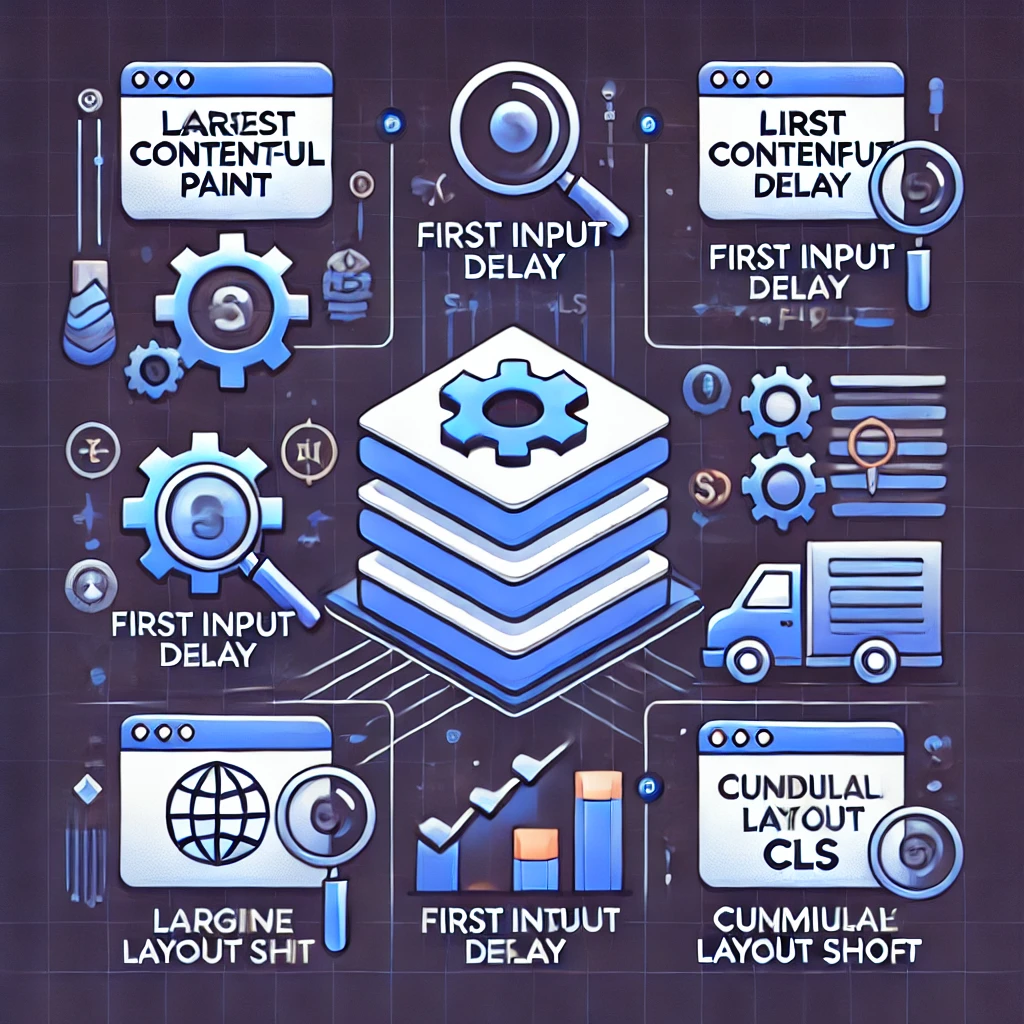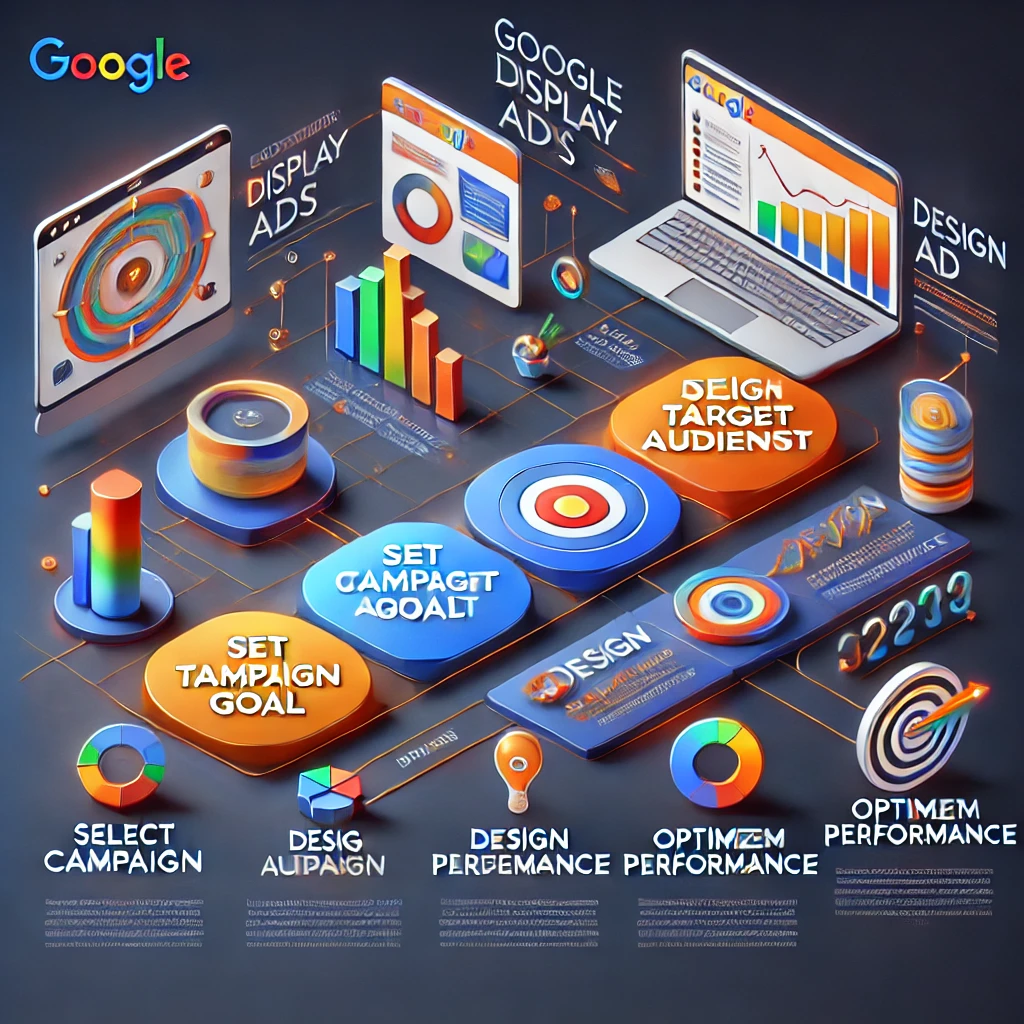In the ever-evolving world of digital marketing, video ads have emerged as one of the most powerful tools for engaging audiences. Whether on YouTube, Facebook, Instagram, or TikTok, video ads allow brands to tell stories, showcase products, and engage consumers in ways that static images or text cannot. If you’re a beginner with little to no knowledge of ads, this guide will take you through everything you need to know about creating effective video ads. Along with basic steps, we will also cover strategies and hacks to enhance your video ad campaign’s success.
1. What Are Video Ads?
Video ads are digital advertisements that use video content to promote a product, service, or brand. These ads appear before, during, or after video content on platforms like YouTube, Facebook, Instagram, and various streaming services. A typical video ad can last anywhere from 6 seconds (bumper ads) to 30 seconds or more. Their main appeal lies in their ability to blend visuals, sound, and narrative to capture attention and drive action.
2. Why Video Ads Matter in Marketing
Video ads have proven to be a highly effective tool in marketing due to several reasons:
- Higher Engagement: Videos grab attention more effectively than static ads, especially on social media where users scroll quickly.
- Improved Conversions: Studies show that video ads lead to better conversion rates, whether it’s driving purchases, generating leads, or encouraging sign-ups.
- Better Storytelling: With video, you can tell compelling stories that resonate emotionally with your audience. This helps in building a strong connection and trust with potential customers.
- Broad Reach: Video ads can be shared across multiple platforms, providing an extensive reach and visibility for your brand.
3. Types of Video Ads
There are several types of video ads, and choosing the right one depends on your marketing goals and the platform you’re using.
- Skippable Video Ads: These ads are often seen on YouTube and can be skipped after the first 5 seconds. They typically run for 15-30 seconds, and you only pay if the viewer watches the ad for at least 30 seconds.
- Non-Skippable Video Ads: These ads last 15-20 seconds and must be watched in full. They are often used when you need to ensure the message is completely delivered to the viewer.
- Bumper Ads: These are 6-second, non-skippable video ads. They’re best used for quick brand messaging and awareness campaigns.
- Overlay Ads: A less common format, these are semi-transparent ads that appear on the video player itself, typically on YouTube.
4. Setting Up Your Video Ad Campaign
To create a successful video ad, you need to choose a platform for your campaign. Platforms like Google Ads (for YouTube) and Facebook Ads are popular choices, but others like Instagram and TikTok can also be used depending on your target audience.
- Sign Up for an Ads Platform: Start by setting up an account with a platform such as Google Ads or Facebook Ads.
- Select Your Campaign Objective: Choose your goal (e.g., brand awareness, lead generation, sales). The objective will help define how you design and measure your ad’s performance.
- Upload Your Video: If you’re using YouTube, you can directly upload your video from Google Ads. On Facebook, you can upload your video to the ad platform, or you can link it from your existing content.
5. Defining Campaign Goals
Before you create a video ad, it’s crucial to define your campaign goals. Your goals should guide the creation of the ad and its targeting strategy. Common objectives include:
- Brand Awareness: If your goal is to introduce your brand or product to a larger audience, focus on delivering a memorable and compelling message.
- Lead Generation: For lead generation, create ads that encourage viewers to sign up for your email list, download a guide, or request more information.
- Sales: If your goal is to drive sales, use direct and persuasive messaging along with a strong call-to-action (CTA).
6. Targeting the Right Audience
Effective targeting is crucial to the success of your video ad. Without it, your ad could end up in front of people who aren’t interested in your product. Platforms like Google Ads and Facebook provide robust targeting features that let you reach specific audiences based on:
- Demographics: Age, gender, income, education, etc.
- Interests and Behaviors: People who have shown interest in products similar to yours or who have engaged with content related to your industry.
- Geographics: Location-based targeting is important for local businesses.
- Custom Audiences: Upload your own customer list for targeted advertising.
7. Creating Engaging Video Content
Once your targeting is defined, the next step is to create engaging video content. A successful video ad should contain the following elements:
- Attention-Grabbing Opening: The first 5 seconds are critical. Make sure you hook your audience right from the beginning with a bold statement, intriguing question, or attention-grabbing visual.
- Clear Branding: Your brand should be visible early in the video. Whether it’s through logos, product shots, or a brand message, ensure your brand stands out.
- Compelling Storytelling: Use storytelling to connect emotionally with the audience. Present a problem, then offer a solution—your product or service.
- Strong Call to Action (CTA): Always tell viewers what you want them to do next—whether it’s to visit your website, buy a product, or sign up for your service.
8. Optimizing for Different Platforms
Each platform has its unique requirements for video ads, and optimization is key for better performance.
- YouTube: Focus on keeping your message clear within the first 5 seconds. For skippable ads, make sure the hook is strong enough to keep viewers interested.
- Facebook & Instagram: Mobile users dominate these platforms, so create vertical or square videos for better engagement.
- TikTok: The TikTok audience loves authentic, short, and fun content. Make sure your video aligns with the platform’s style for higher engagement.
- LinkedIn: For a more professional tone, create ads that are informative and help solve business-related problems.
9. Setting Your Budget and Bidding Strategy
When setting up your campaign, you’ll need to define your budget. There are various bidding options, such as:
- Cost per View (CPV): You pay when someone watches your ad for at least 30 seconds or interacts with it.
- Cost Per Click (CPC): You pay when someone clicks on your ad (ideal for driving website traffic).
- Cost per Thousand Impressions (CPM): You pay for every thousand impressions your video ad receives.
Be sure to choose a bidding strategy that aligns with your campaign goals. If you’re focused on brand awareness, CPM might be more appropriate. For lead generation, CPV or CPC could work better.
10. Tracking Performance and Metrics
After launching your video ad, tracking its performance is essential. Some key metrics to monitor include:
- View Rate: The percentage of people who watched your video ad.
- Click-Through Rate (CTR): The percentage of viewers who clicked on your CTA.
- Engagement: Likes, shares, and comments can show how well your ad resonated with the audience.
- Conversions: Measure how many viewers completed your desired action, such as making a purchase or signing up for a newsletter.
11. Advanced Strategies and Hacks
To maximize the performance of your video ads, here are a few advanced strategies:
- Retargeting: Show ads to users who have interacted with your brand before, increasing the chances of conversion.
- User-Generated Content (UGC): Use videos created by your customers, as they often feel more authentic and trustworthy.
- Interactive Video Ads: Add interactive elements, like clickable options or surveys, to engage users directly within the video.
12. Avoiding Common Mistakes
To ensure the success of your video ads, here are a few common mistakes to avoid:
- Not Optimizing for Mobile: Most video views are on mobile devices. Ensure your videos are optimized for vertical viewing and load quickly.
- Failing to Include a Clear CTA: Always have a clear, actionable next step for your audience.
- Overloading the Message: Keep your video simple, focusing on one core message at a time.
Conclusion
Creating effective video ads takes time, creativity, and a strategic approach. By understanding the goals of your campaign, targeting the right audience, crafting engaging content, and leveraging platform-specific strategies, you can maximize the success of your video ad campaigns. Implementing advanced techniques like retargeting and using interactive elements will take your campaigns to the next level.
By following this guide and consistently analyzing your results, you can create video ads that not only engage your audience but also drive conversions and boost ROI.


